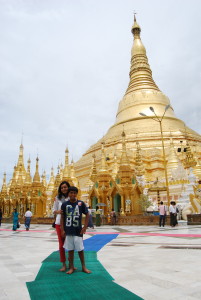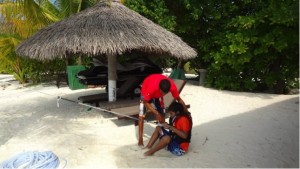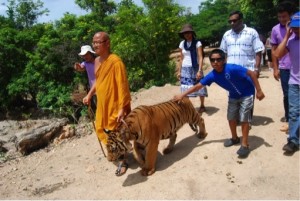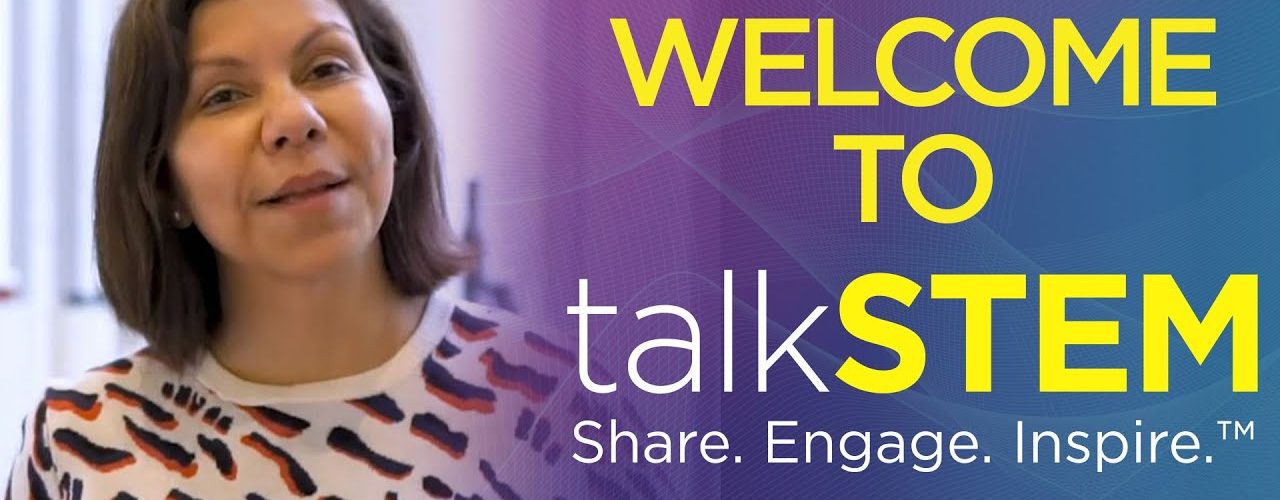

Our move to Singapore felt a bit premature when it happened as we had barely spent 2 years with one school, but in hindsight, it couldn’t have come at a better time. Nikhil was just finishing lower school and it was the perfect time to get a taste of an international environment. We enrolled him into the Singapore American School (SAS), one of the “top” international schools in the country, after reviewing a few other international schools. Our intent was to enable a seamless curriculum transition and also to help avoid any other hiccups when we moved back to the States.
We were excited with the prospect that Nikhil would get the best of both worlds, an American International school environment and hopefully the exposure to the world’s number 1 curriculum for Math and Science that Singapore is so well known for. Six months into the international school scene and we realized it wasn’t all as rosy as it looked, or sounded. The American International School was in the process of standardizing their curriculum with other public and private schools in the States. They decided to change the curriculum that very year. To our dismay the math and science curriculum seemed the most affected, as we felt that they were a notch below what we were used to at Greenhill.
Like many private schools the students are given an assessment at the beginning of the year to get them placed at the appropriate level of their learning. Nikhil was placed in Advanced Math, which in my opinion would have been the regular math level at Greenhill. As for an alternative to (what we called) “Challenge” math in the 4th grade at Greenhill – where the kids could stretch themselves on their own accord and at their own capacity – there was no such thing. Challenge Math was something Nikhil thrived on at Greenhill and what kept him motivated in the subject. He got a rush out of solving problems that felt “beyond his league” and kept his interest up. We found that a lack of a challenge didn’t help as he felt he “knew” most of the topics and got distracted easily in class. Though he was in Advanced Math, he wasn’t really challenged enough and this showed in his grades. We enrolled him for math enrichment which highlighted the gaps further. It was helpful, but only left us wondering what the benefits were of an “international school”. A good curriculum should find the right balance to help kids stay focused and motivated and we didn’t think SAS offered that balance.
With the help of local tutors, we compared the local school syllabus, SAS and other International Baccalaureate (IB) schools like United World College. These seemed to have adopted a hybrid between international curriculum and Singapore Math, which is what we would have hoped to get with SAS. The IB and Singapore Math curriculum were more comparable to each other. The topics were similar and focused on regular practice of the basics, with an emphasis on understanding the concepts and applying them to various problems. With the SAS curriculum, we felt that the nomenclature of the topics was oddly different. There seemed to be little depth in most of the topics. We felt we needed to rely on the Singapore math curriculum to substantiate the curriculum to help with a better understanding of the topics. So the need for a blended curriculum was necessary for him to stay abreast of the topics and keep up his understanding of concepts.
The curriculum gap has become an obvious issue for us as we contemplate our move back to the US. Most US private schools mandate entrance examinations like the ISEE and the SSAT and our concern is that Nikhil will need additional enrichment to be able to stay on par with his counterparts in independent schools in the US, like Greenhill or St. Marks.
On a brighter note, the Singapore move has opened up our minds and bodies like never before. In the last 3 years, we have lived “one day at a time”, enjoying rich new experiences and trips. Close access to parks, reservoirs, exotic fruits and veggies, a year round “summer” has made us all more active than we used to be and we are more mindful of our health and habits. Nikhil’s basketball stints have picked up and he now plays for the school team and is able to travel for tournaments, an experience which he will cherish. Singapore’s geographical location and proximity to islands and other countries allows for many “last minute” travel trips that we have taken advantage of over the last 3 years – trips to Myanmar, Maldives, Vietnam, Australia, Thailand, India, mostly traveled over a long weekend – memories we will cherish for a lifetime. As we look eagerly towards our next adventure, I know we will look back at Singapore fondly for the brighter experiences it has given us and the ability to accept whatever life has to throw at us and grow with it.






About Malini:
Malini is a digital and social media professional with over 15 years of marketing/media experience across various industries in the US and Asia. She grew up in India and moved to the US for her higher studies. Having lived in the States for almost two decades, she feels like she and her family have come full circle after a 3 year stint back in Asia (Singapore) soaking in the culture, people, and the educational and work experiences.
Malini is a food blogger and you can join her adventures with food at www.themindfulveggie.com. She enjoys running, yoga and classical music.









Add comment